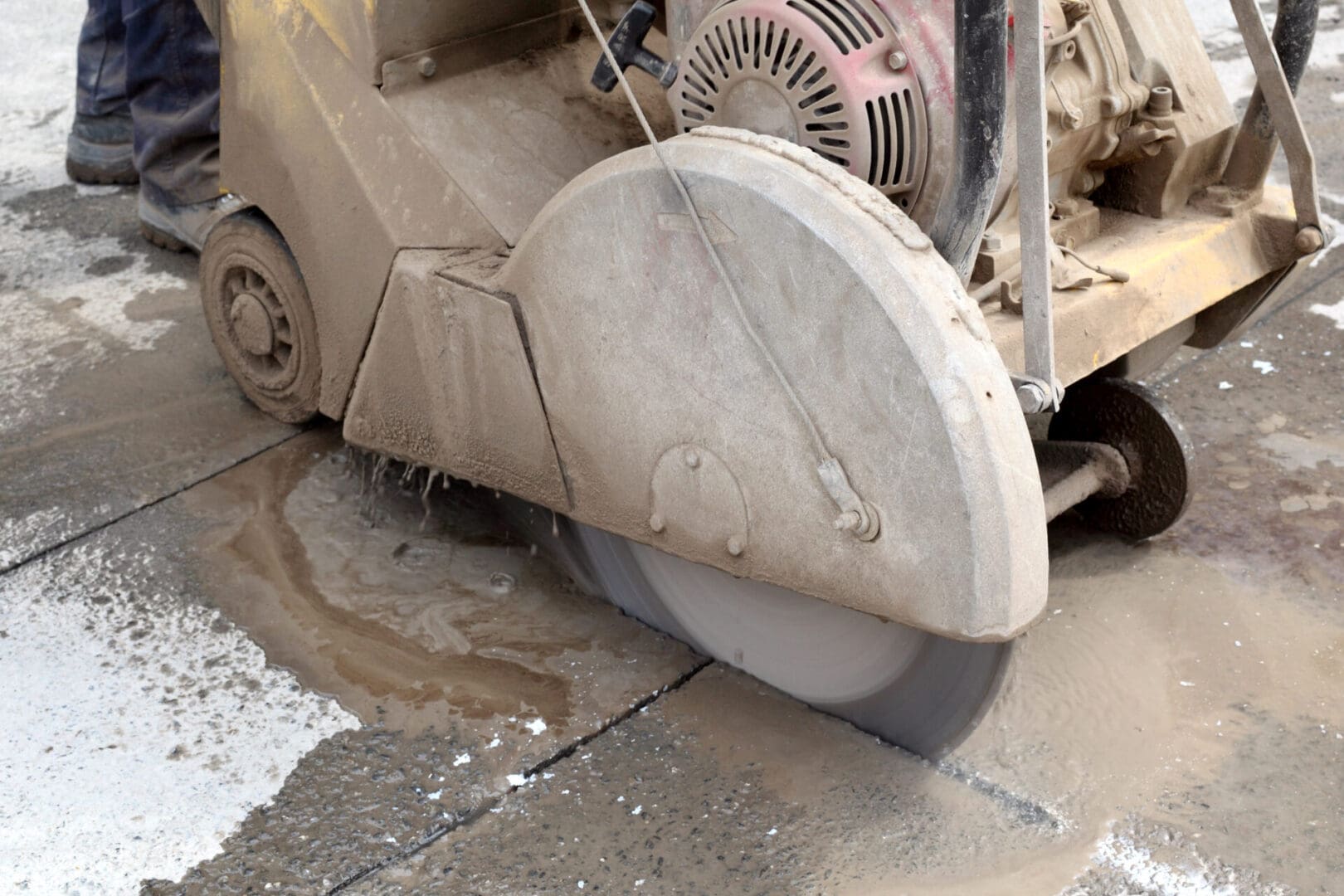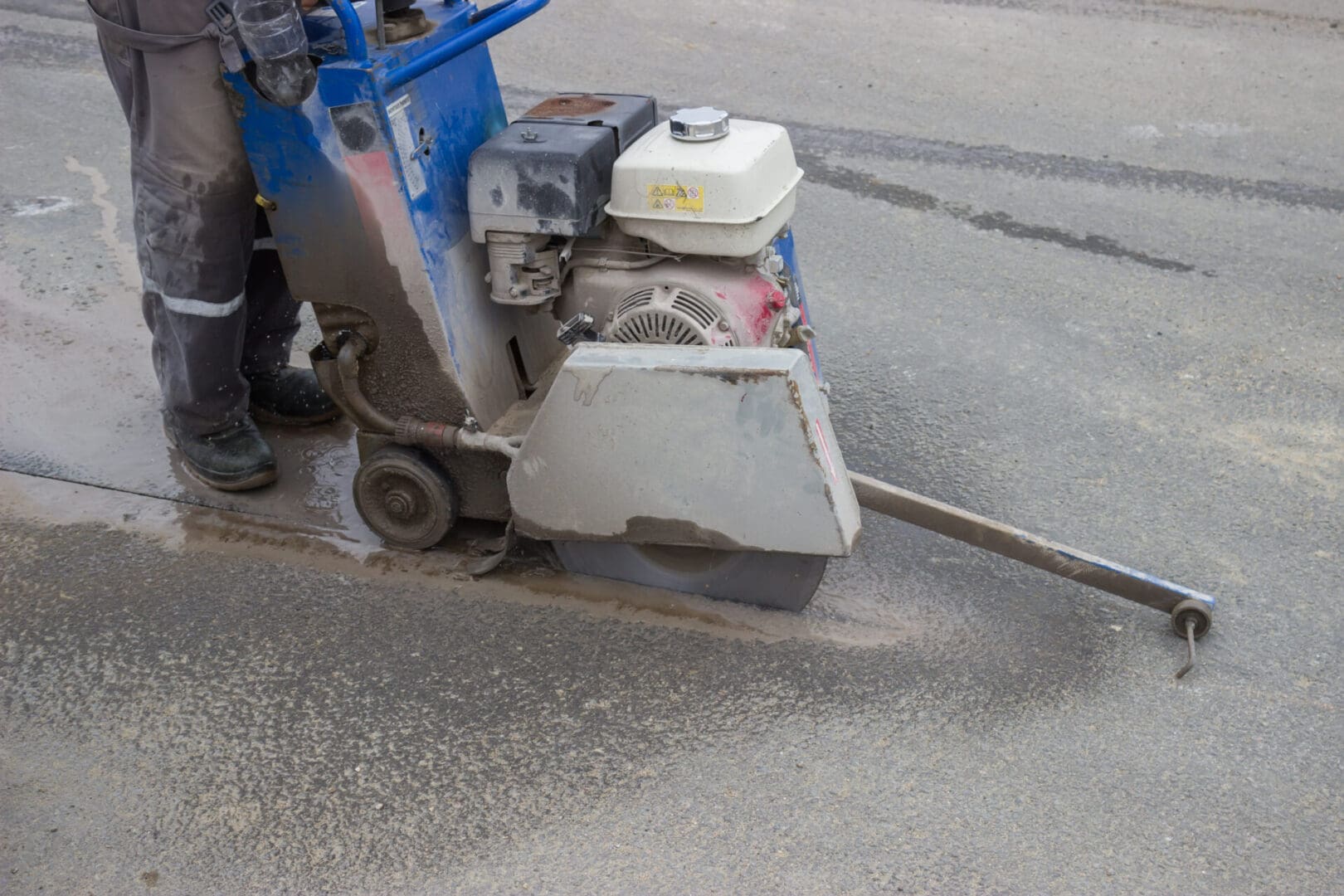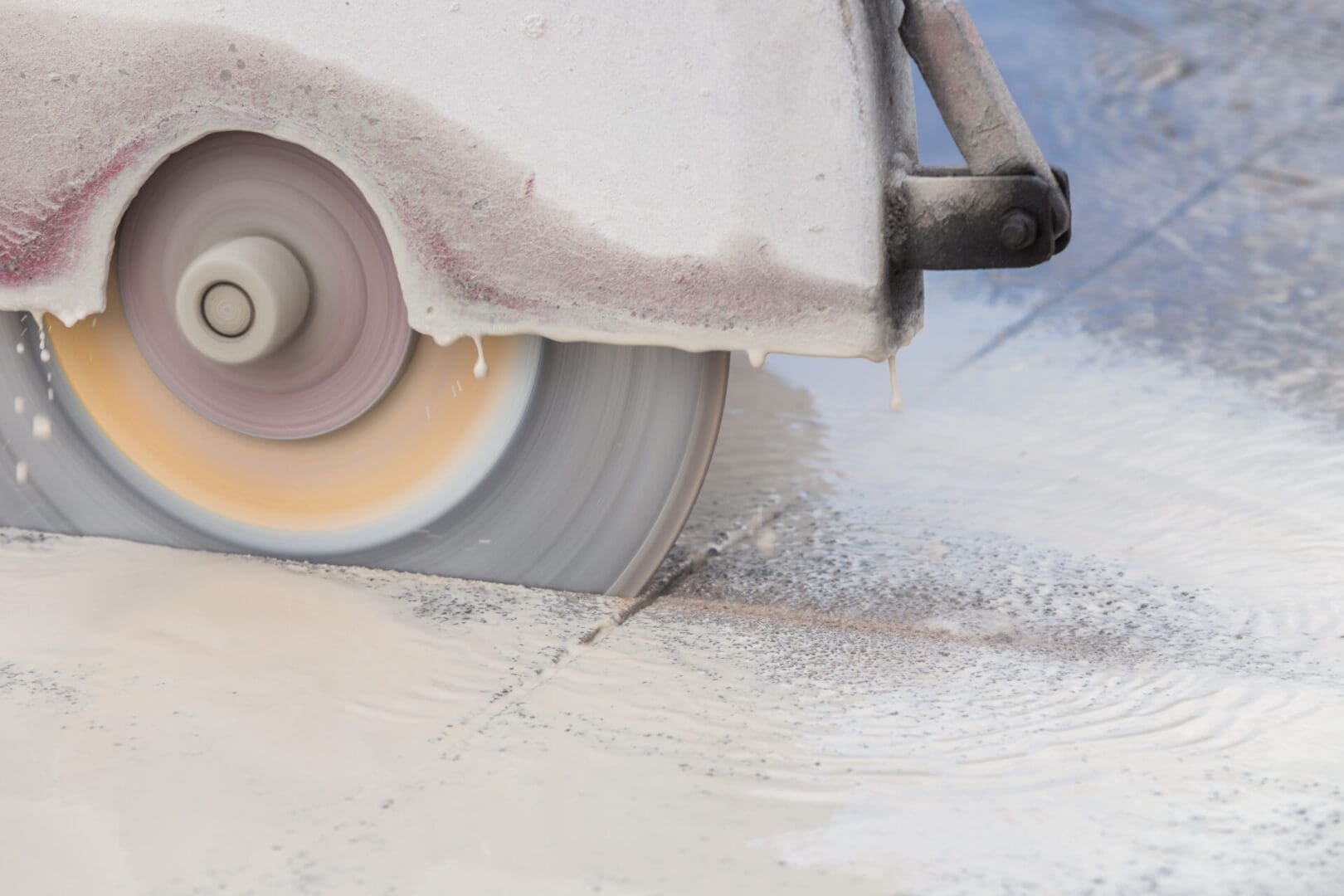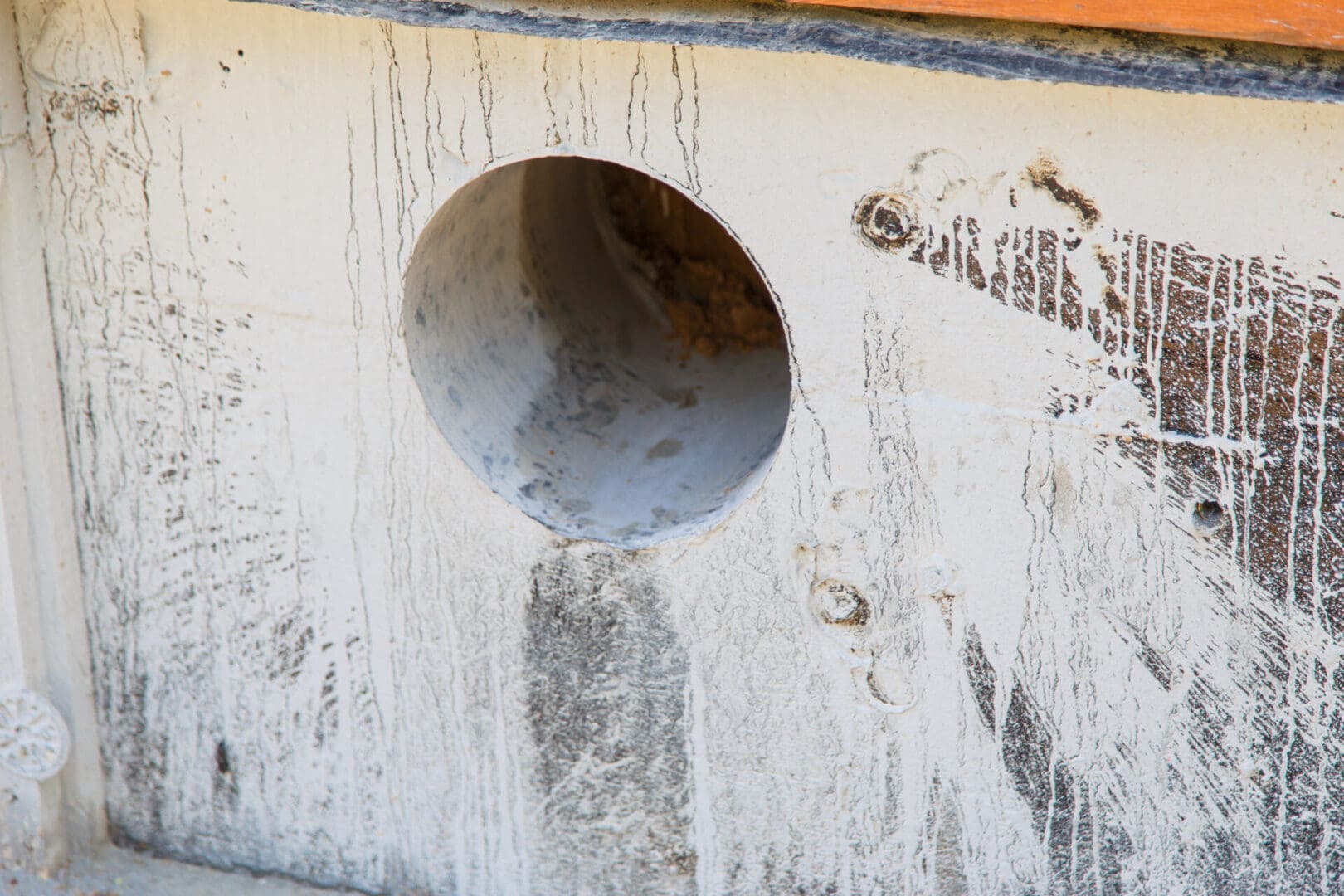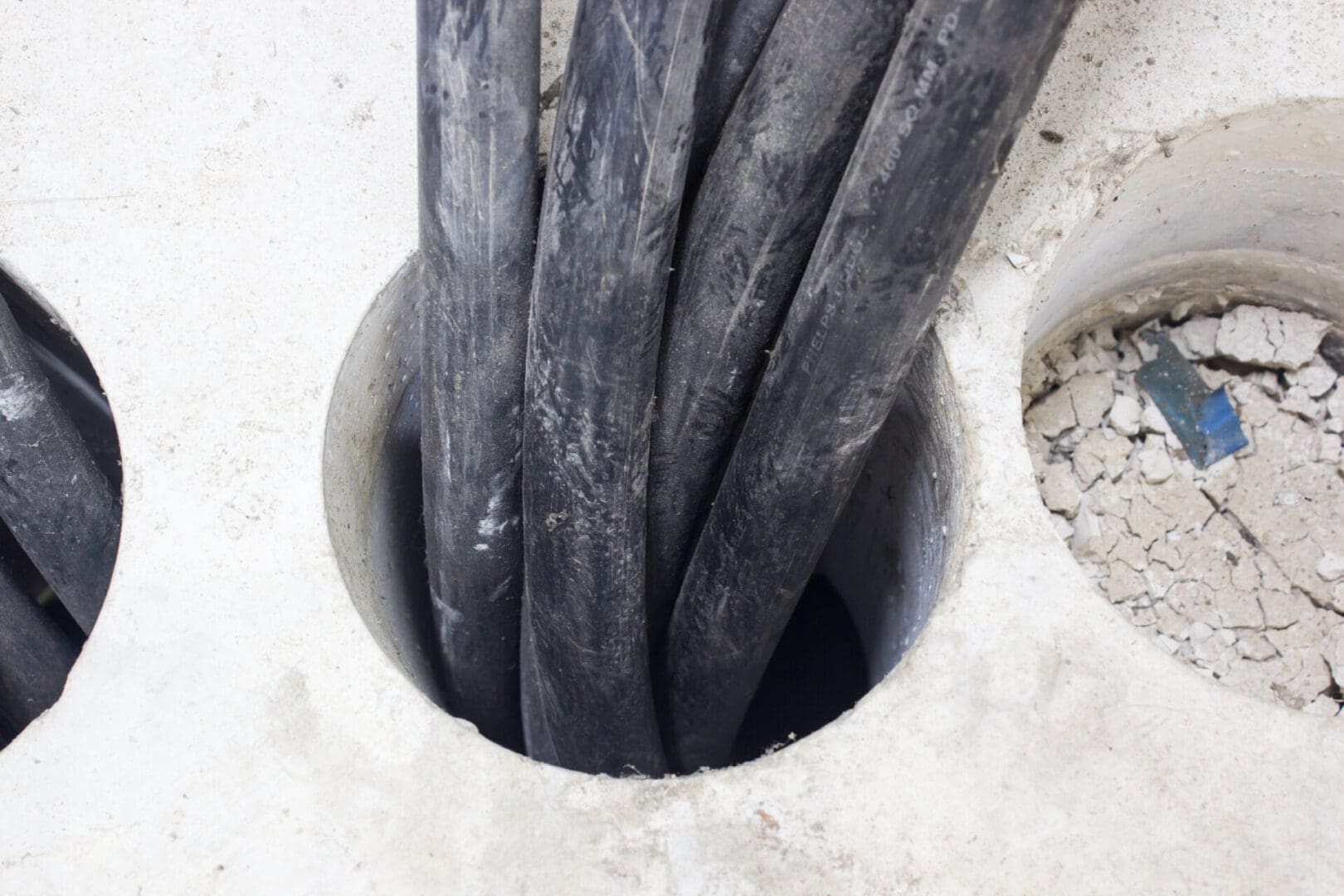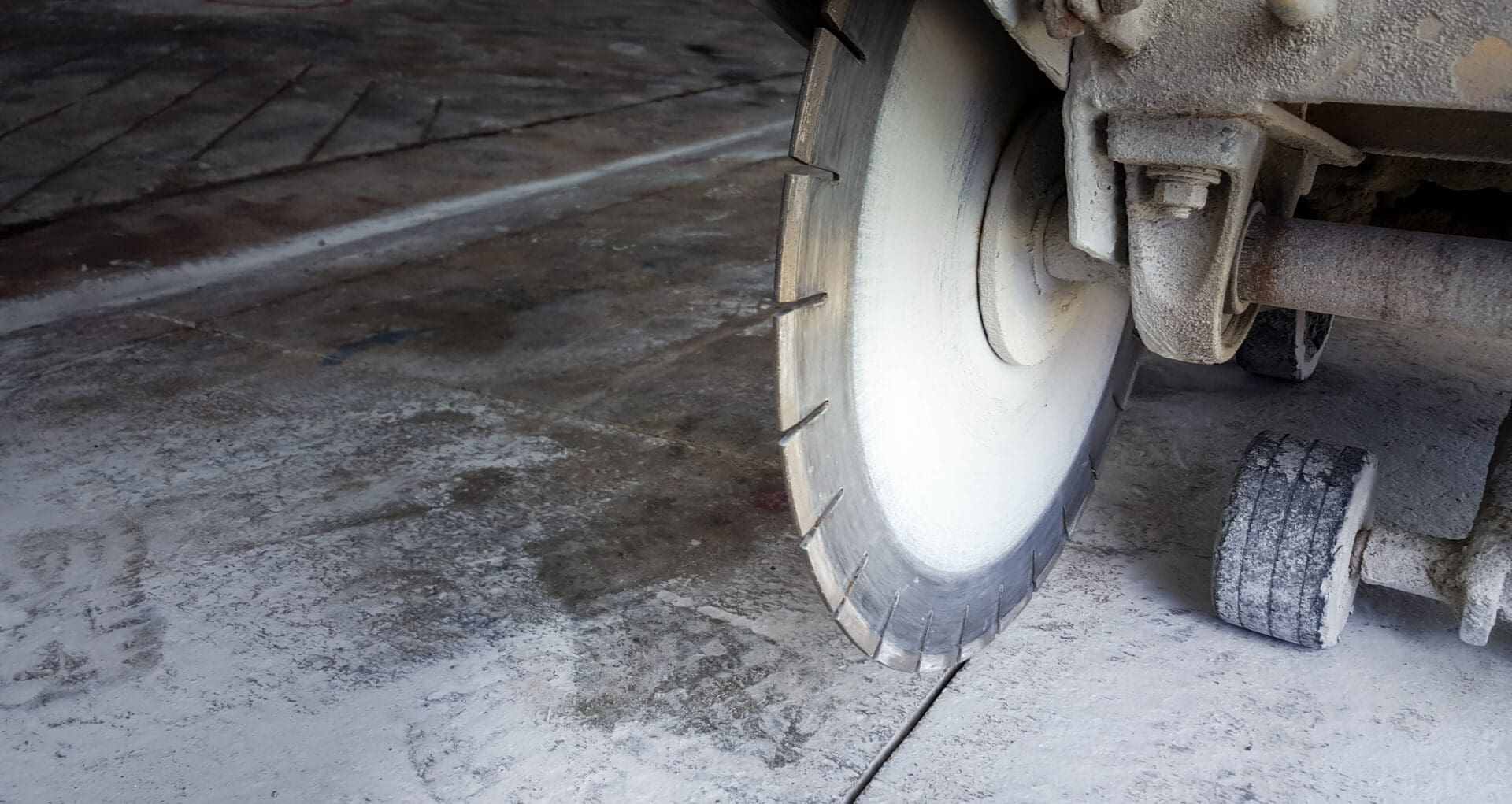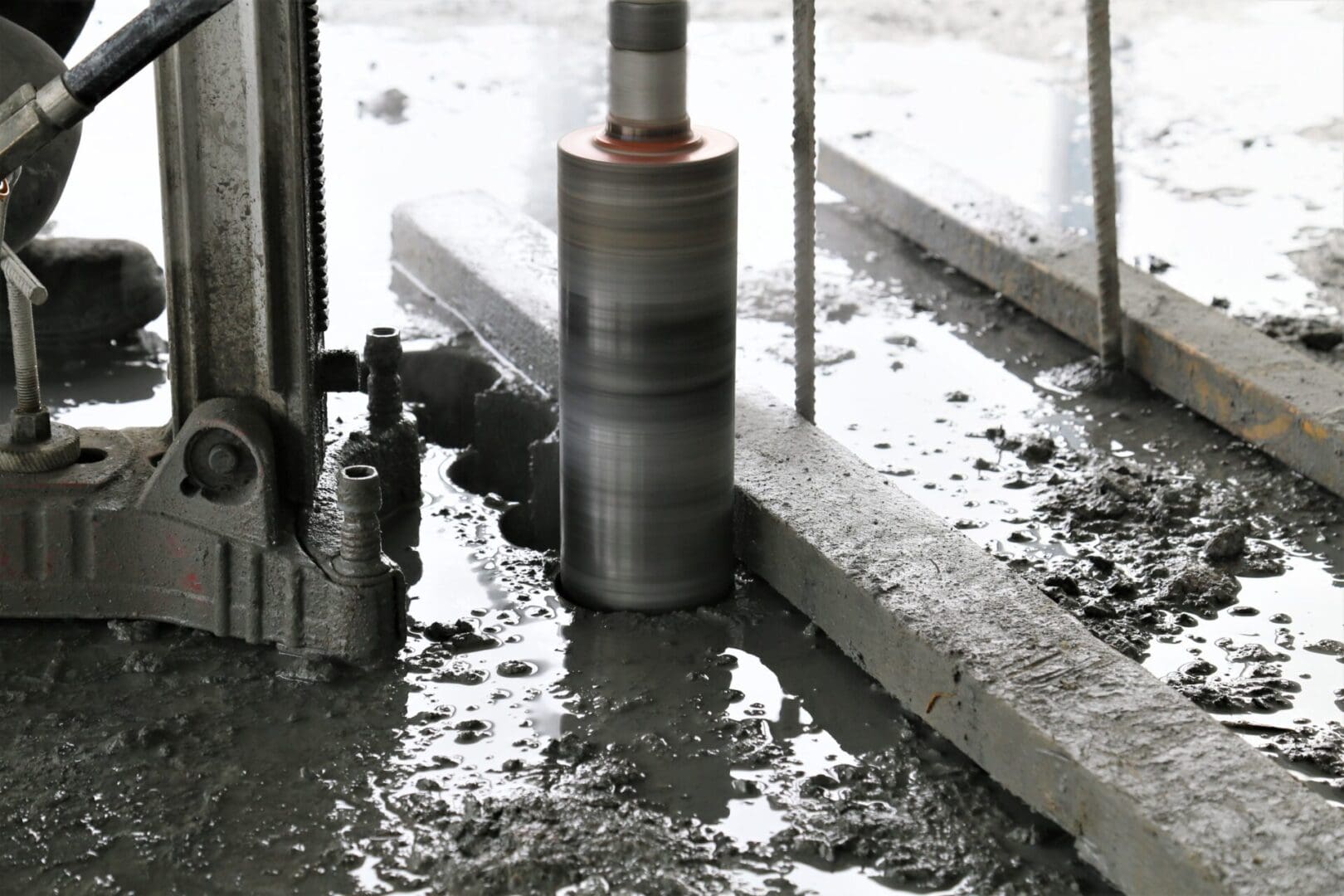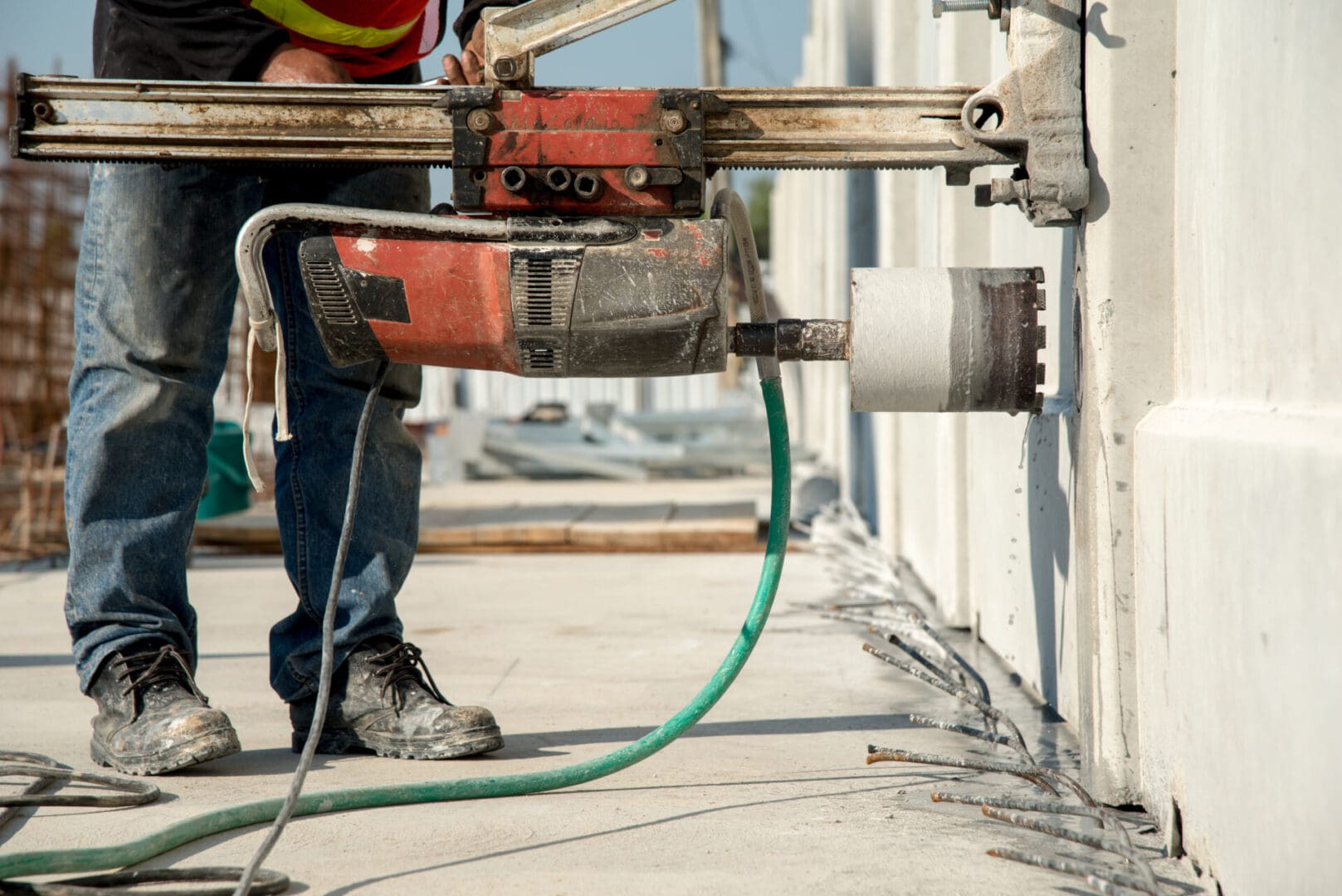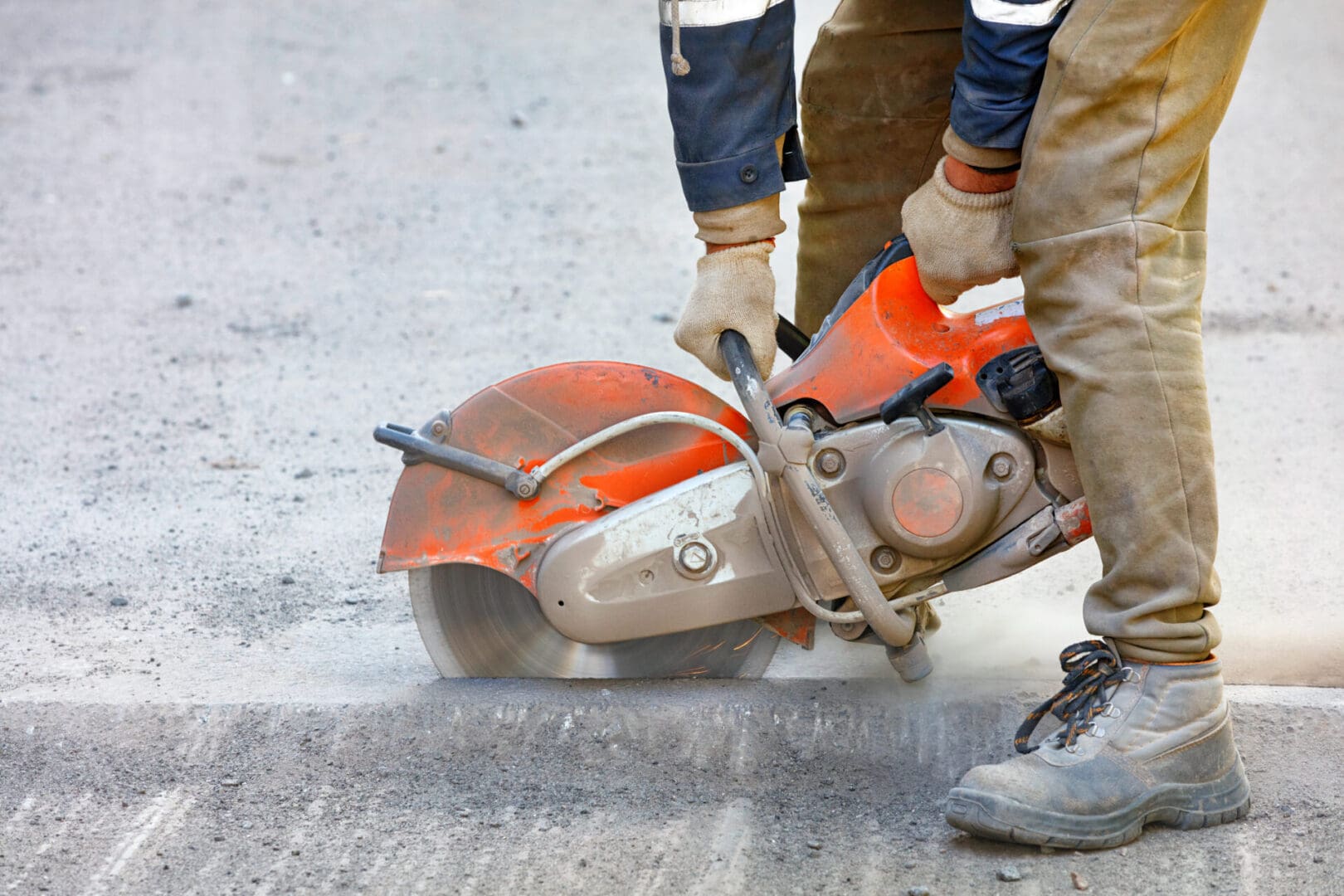SAW CUT
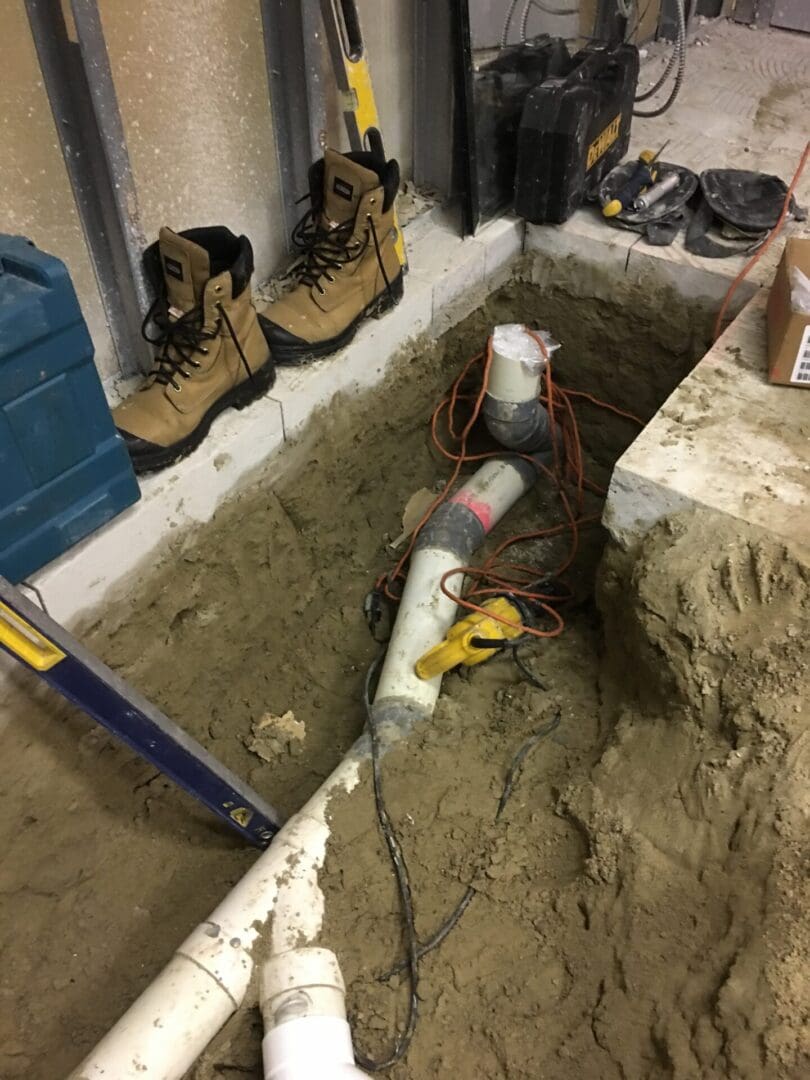
Saw Cut / Core Drill
Saw cuts are used to make control joints in concrete, which help to control where shrinkage cracking occurs. The cuts should be done at a predetermined spacing and only after the concrete has reached a sufficient strength level but before internal cracking appears. As a result, the order in which saw cuts are made is crucial. The type of admixtures and aggregate used in the concrete, the air temperature, and the concrete's mix design all play a role in determining when to make cuts.
Tip
Cutting saw cuts in concrete can be a difficult task: Call a professional if you have any questions about the process or project.
When Should Concrete Be Saw-Cut?
In addition to the concrete mix and weather conditions, the hardness of the concrete and the type of cutting equipment utilised to make the saw cuts all play a role in selecting when to saw concrete. Cutting too soon results in ravelling, which occurs when the saw blade pulls the aggregate out of place, producing a sloppy, weaker edge along the cut. 1 Diamond concrete saw blades are also subjected to undue wear as a result of this. If you wait too long to saw, the concrete will crack uncontrollably as it heals.
Depending on the weather, saw cutting might begin anywhere from three to six hours after the concrete has been poured. Making trial cuts to check for ravelling is the best way to assess whether the slab is ready. As soon as the ravelling ceases during these trial cuts, saw cutting should begin.
Some contractors postpone cutting to safeguard their tools and saw blades from abrasion. Depending on the concrete type and how quickly the cuts can be made, different types of saw blades can be employed.
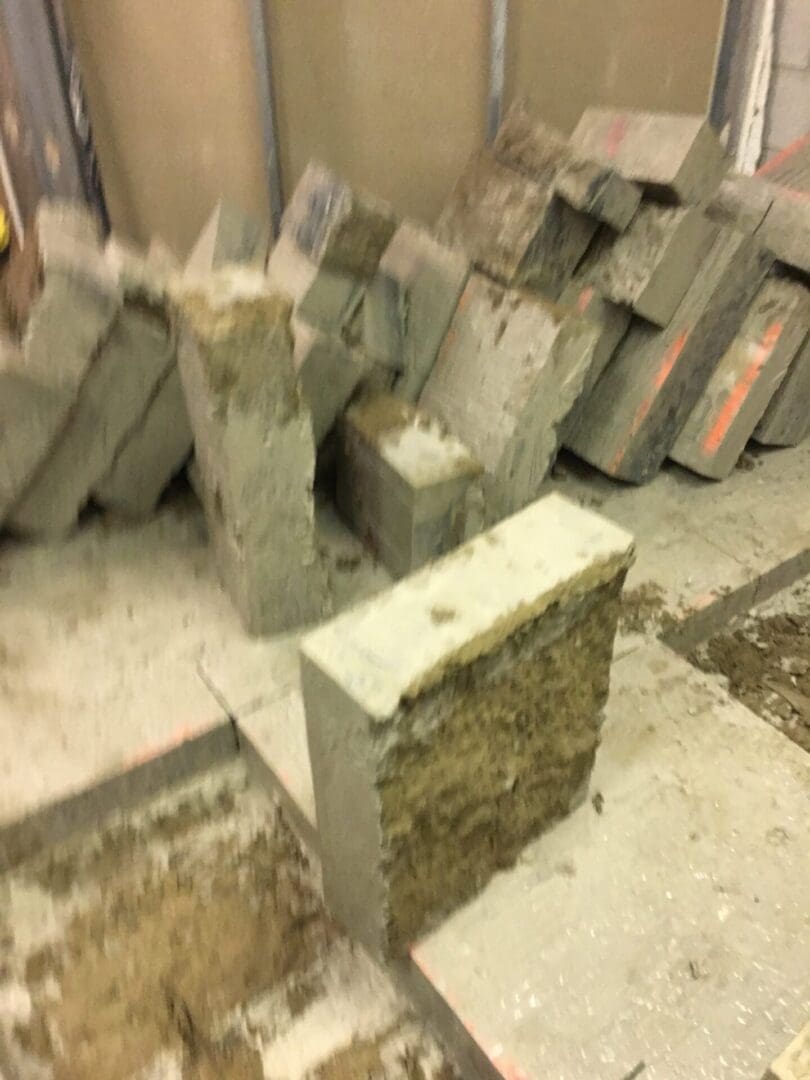
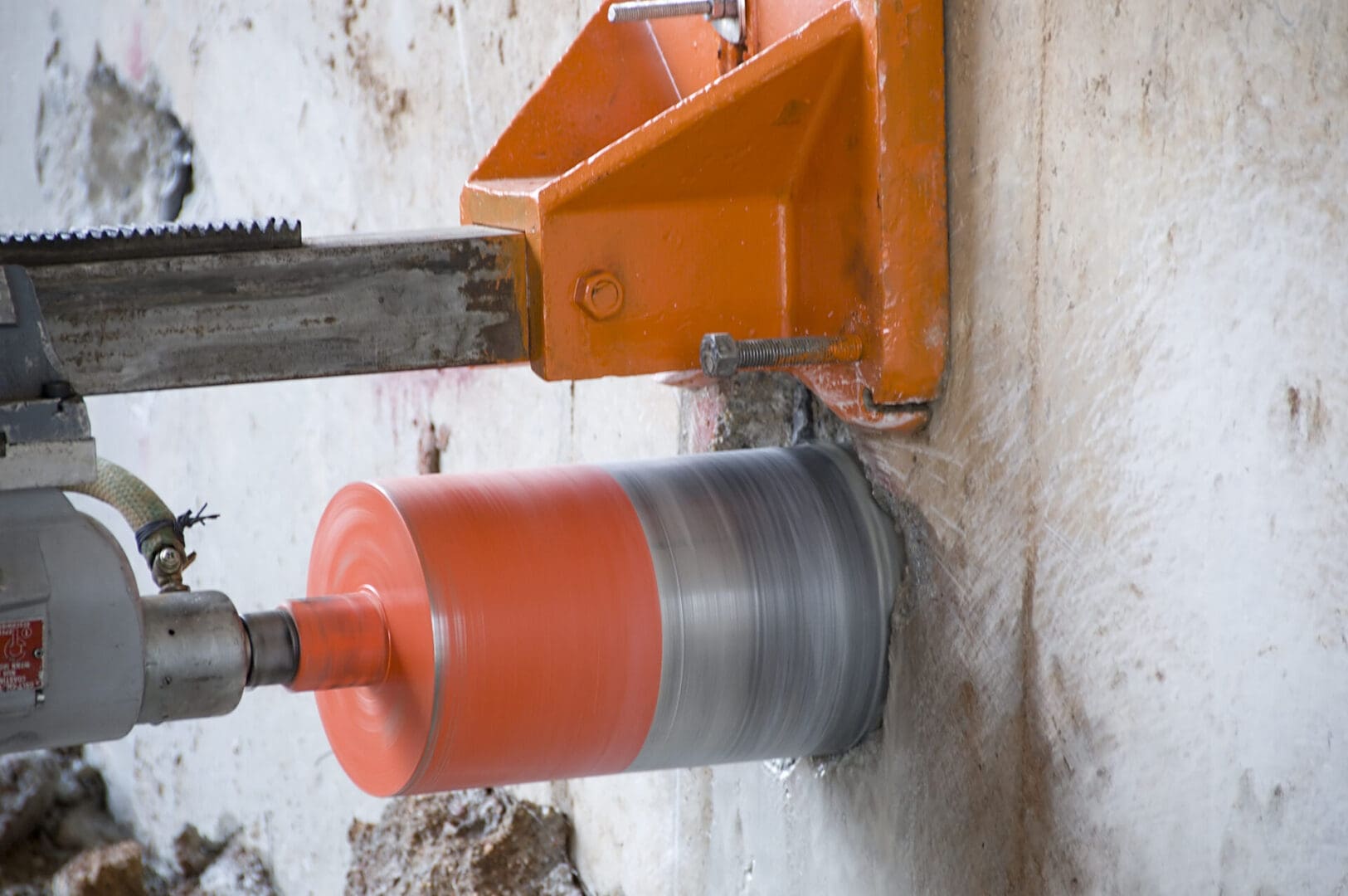
Excessive blade wear and joint ravelling can also be caused by the following factors:
Using too much force with the blade
Cutting using a high-speed saw
A saw with a bent spindle was used.
Using a saw blade that isn't suitable
Where Should Concrete Be Saw-Cut?
It's crucial to decide where you'll make these incisions before you start sawing concrete. Starting saw cuts on or around the middle of column lines is suggested. Joints should be spaced 24 to 30 times the thickness of the slab, however this must be checked by a structural engineer. Depending on the amount of reinforcement in the slab, joint spacing typically ranges from 12 to 18 feet. If you're using concrete with a lot of shrinkage, you might want to reduce the cut spacing.
Other things to consider when deciding where to saw cut include:
Make square patterns as much as possible.
Make sure the saw cuts are continuous.
Choose a location where the steel reinforcement isn't continuous from one slab or square to the next.
It is preferable to have fewer cracks rather than incurring additional costs by having and maintaining several joints.
If the weather is hot, consider creating a larger square first and then cutting the internal joints. You will be able to control fast-setting concrete cracks in greater regions by doing so.
Sawing Techniques-
Concrete should be cut.
Before deciding where joints should be cut, consider factors including curing procedures, slab thickness, and foundation type. Mark the joints to be cut with a chalk line once they've been put out. Make sure the water is running all the way down to the blade if you're using water cutting equipment. 2 Allow the blade to reach the desired depth before beginning to walk or move the equipment in the direction of the chalk mark.
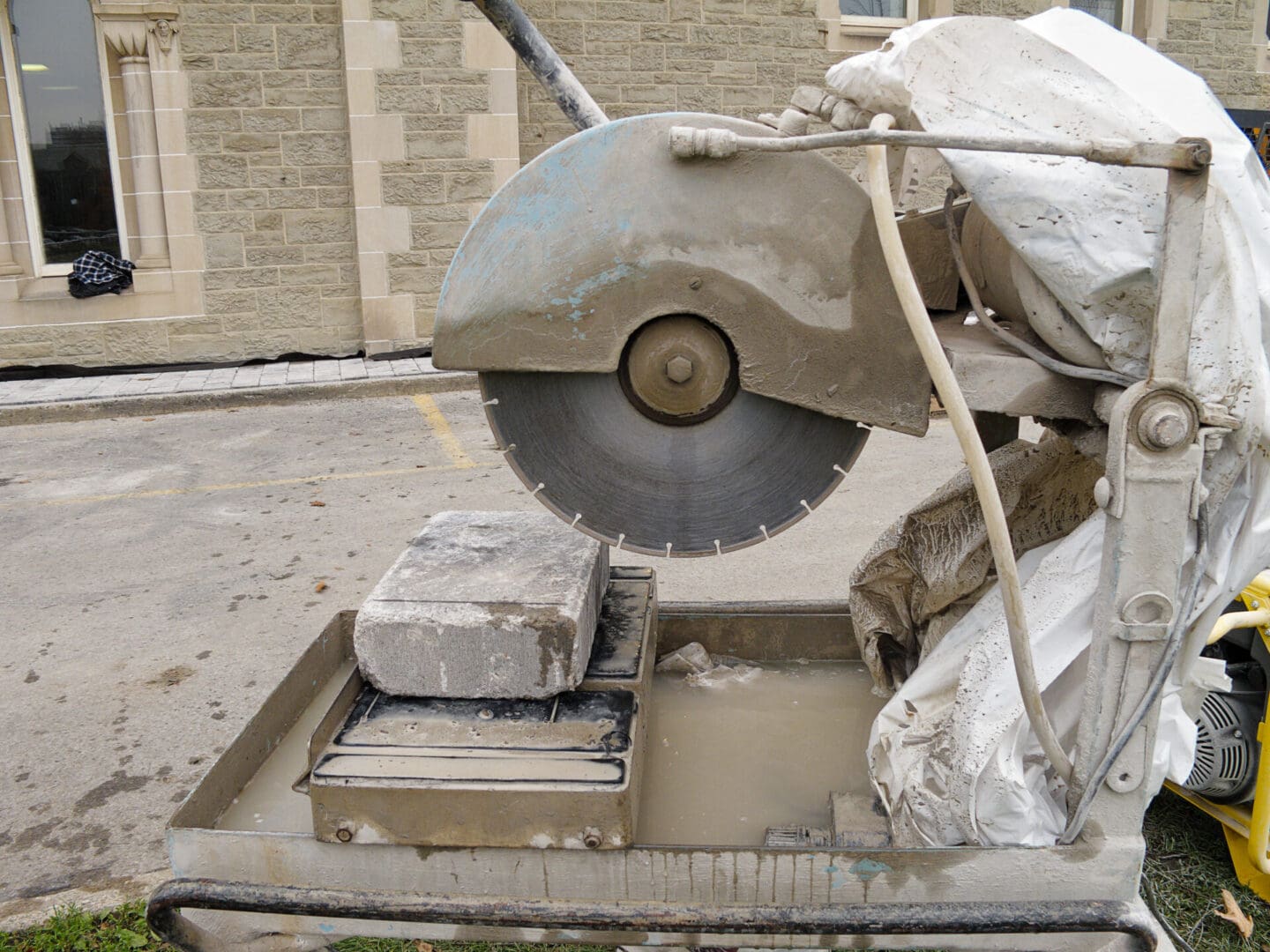
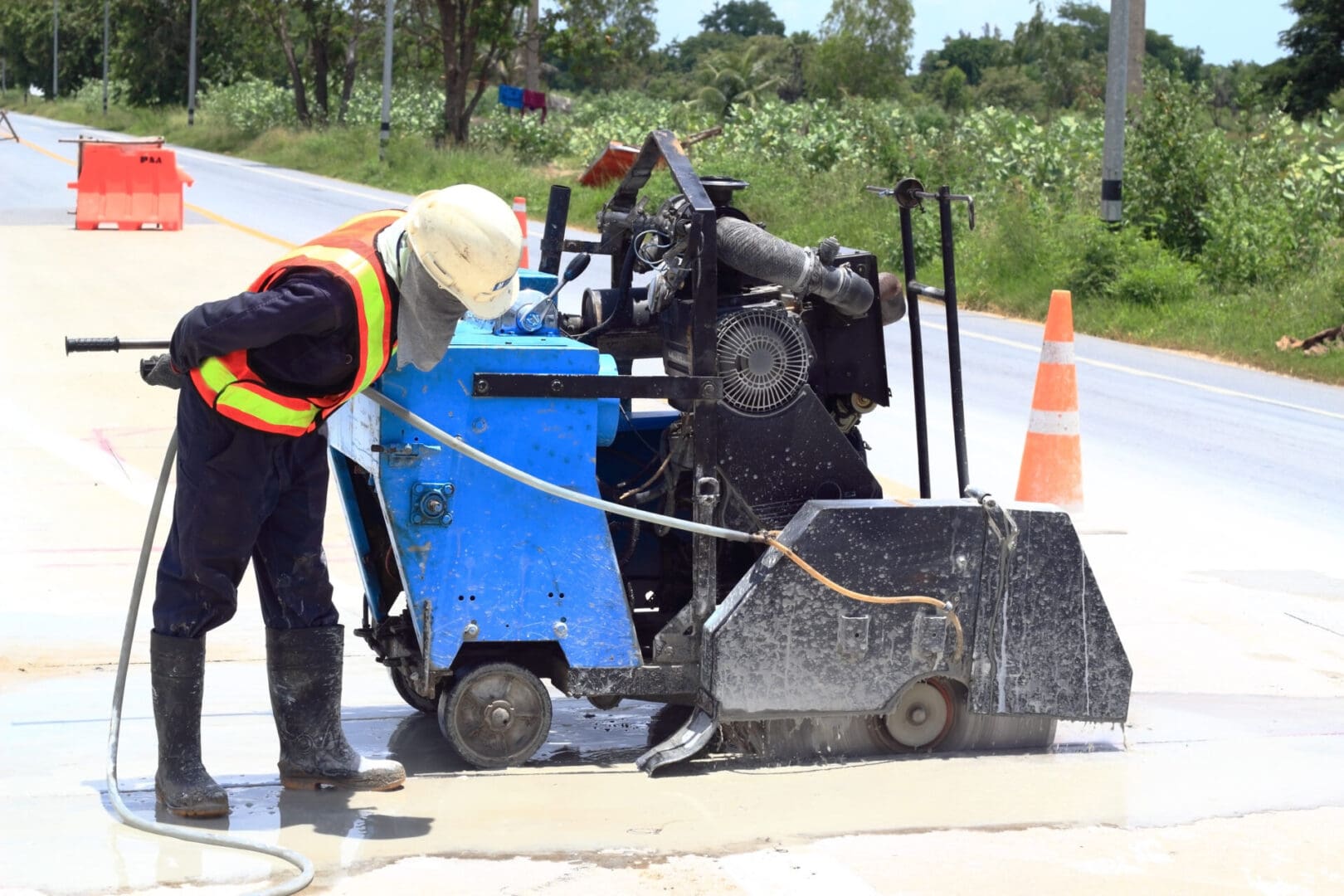
When cutting concrete, keep the following tips in mind:
The saw blade should not be twisted.
Allowing the blade to spin during the cut will cause the bond to wear down faster.
Use blades with soft metal segment bonding for cutting concrete with heavy rebar.
Always wear the appropriate personal protective equipment (PPE) (personal protective equipment).
How Deep Should Saw Cuts Be?
Cutting the joints one-quarter to one-third the slab thickness is a decent rule of thumb. This means cutting 1 1/2 to 2 inches deep for a 6-inch-thick slab. Ensure that the depth of the saw cut matches the structural engineering requirements. Aggregate interlocking will not be enough to transfer loads if the junction is too deep. Random cracking might occur if the saw cut is too shallow.

